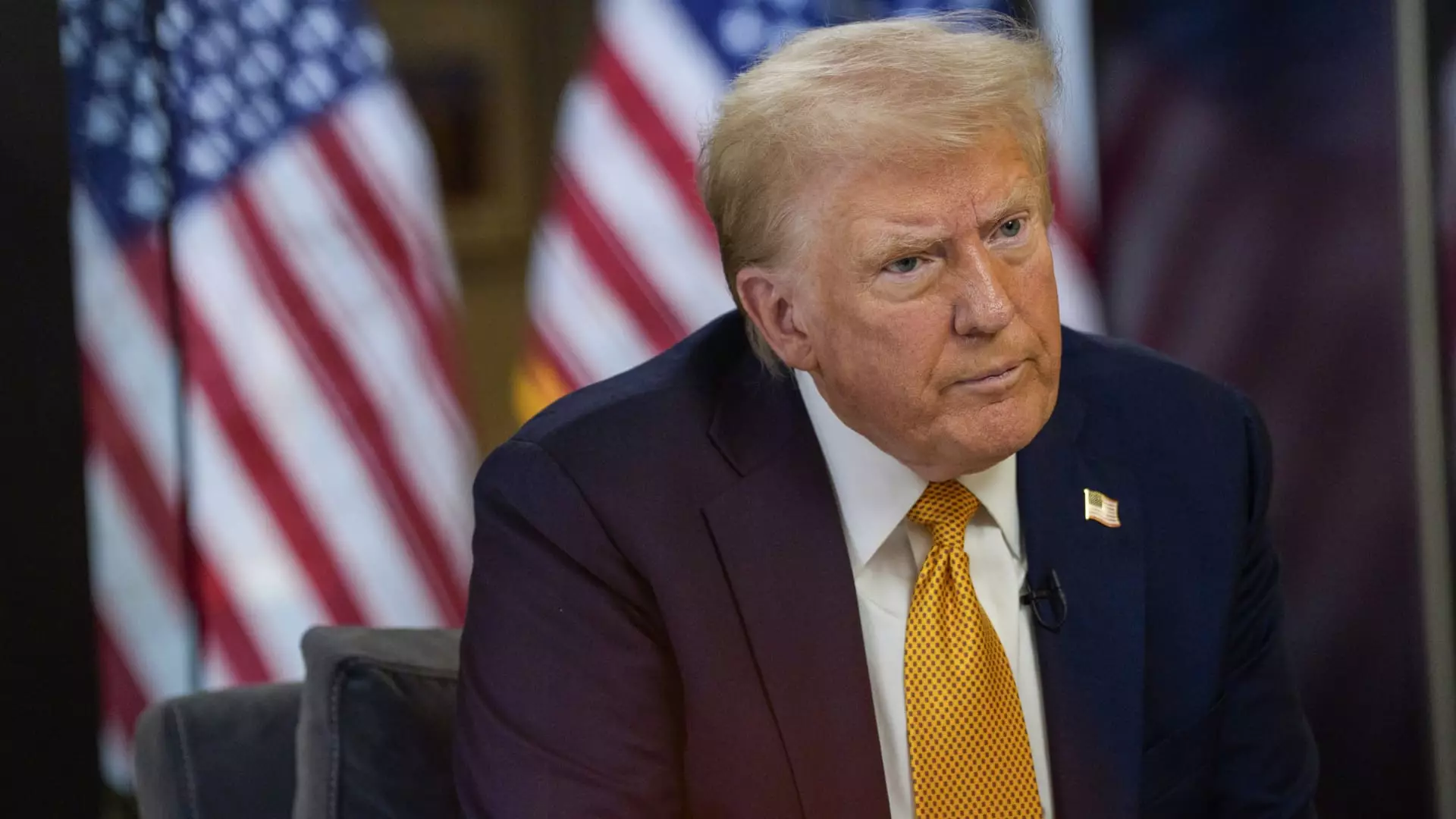The impending enactment of import tariffs by President-elect Donald Trump has stirred considerable conversation regarding their economic implications for American consumers. Economists and industry experts have pointed out that when tariffs are imposed, they function as taxes levied on imported goods, a cost typically borne by the importing companies. However, these increased expenses are often passed down to consumers, leading to higher prices on everyday products found in stores. With this impending shift, consumers are left to ponder the viability of their household budgets as the potential for escalated costs looms on the horizon.
In a recent convening of financial professionals, Erica York from the Tax Foundation emphatically remarked on the inevitable consequences that consumers would face if tariffs are put into effect. She articulated that regardless of the approach selected by importers—whether they absorb the increased costs or transfer them to customers—there will be repercussions. Her remarks indicate a larger systemic issue as the domestic economy grapples with these changes.
Beyond merely inflating consumer prices, the presence of tariffs poses significant risks to overall business operations and employment levels. When tariffs are applied, businesses face diminishing profit margins, which may compel them to reconsider employee-related expenditures. This can manifest in various ways, such as salary freezes, reduced hiring, or even layoffs. It’s essential to recognize that the impact of tariffs can ripple through the economy, affecting not just prices, but also the job market and wage growth, particularly for low- and middle-income workers who are already navigating financial hardships.
Marianela Collado, a financial advisor, pointed out that households living paycheck to paycheck are likely to experience the most severe budgeting strains if these tariffs are enacted, drawing attention to the potential for increased social inequities. Such a scenario highlights the troubling cyclical nature of tariffs: rising costs beget reduced consumer spending capacity, which may further stymie economic growth and stability.
During his inaugural term, Trump initiated tariffs on various products, including washing machines and steel, with the objective of supporting domestic industries. The tariffs implemented during this period are largely retained by the Biden administration, hinting at a persistent inclination toward protectionism within U.S. trade policy. As Trump campaigns for his second term, he has proposed an even broader tariff scheme, potentially imposing universal tariffs reaching as high as 20%.
An analysis by the Tax Policy Center suggests that such a sweeping initiative could result in a staggering $3,000 additional cost for the average U.S. household by 2025, a statistic that underscores the enormity of the financial implications for the average consumer. Notably, Trump has expressed intentions to impose additional tariffs on Canada and Mexico if particular border issues aren’t addressed, indicating a willingness to use economic measures as tools for broader geopolitical negotiations.
Despite the bold proclamations regarding tariffs, significant ambiguity surrounds how these policies would be executed. Experts question whether Trump possesses the unilateral authority to impose such universal tariffs and speculate that his threats might be more strategically motivated than likely to materialize into formal policy. According to market strategist David Zervos, these tariffs could merely serve as “starting gambits” aimed at negotiating concessions from international trade partners rather than as definitive commitments.
This uncertainty serves to highlight the complexity of modern trade negotiations, especially under a bold political agenda. Barbara Doran, an investment expert, echoed concerns regarding the genuine intentions behind the tariff announcements, suggesting that while they may be viewed as negotiating advantages, they could very well lead to real economic harm if implemented without caution.
As the incoming administration prepares to navigate the tumultuous waters of international trade, it is crucial for policymakers to carefully assess the ramifications of any potential tariffs. The implications stretch far beyond pricing; they hint at deeper, more detrimental economic consequences impacting employment, consumer behavior, and overall market stability. In light of these considerations, it becomes exceedingly important for all stakeholders involved to approach trade policies with thorough deliberation and a commitment to preserving economic resilience for the average American household.

